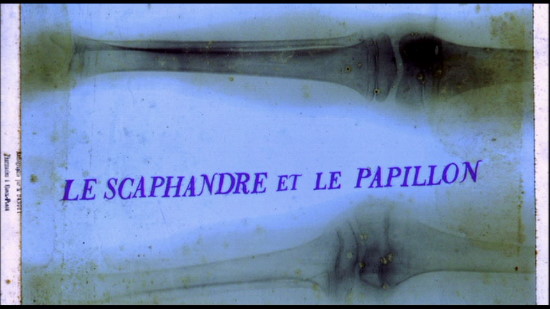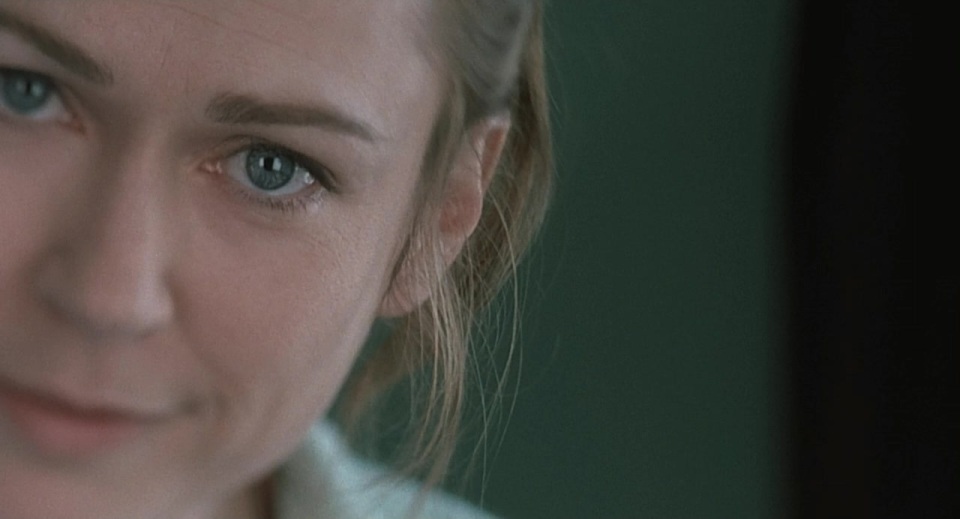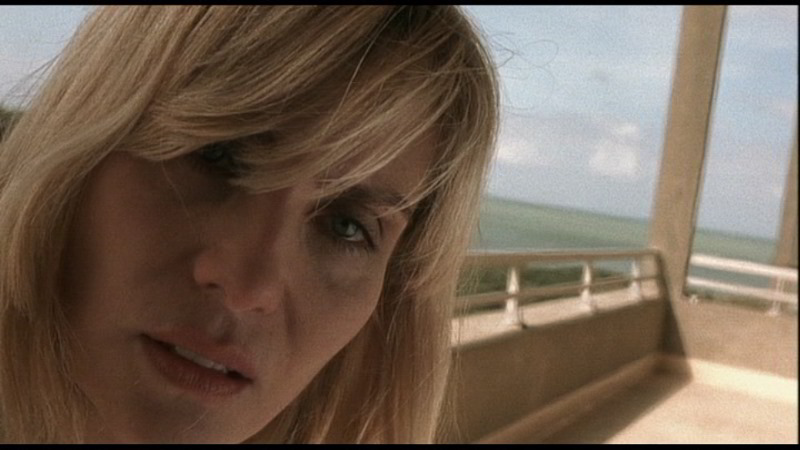Cinematography: The Diving Bell and Butterfly
Overall look
The overall cinematographic look of this film is created by high key lighting that plays on a feeling of optimism , dutch camera angles that leave the viewer feeling lost and confused, point of view that creates such a small narrow confined frame, camera movement that gives a feeling of uncontrollable expression and long takes that make you feel frozen, frustrated and anxious. The overall look conveyed is extremely focused on life and expression of art through the act of living.Images
The movie occasionally cuts to scenes of Bauby's dreamlike thoughts of his life, in a scene were bauby recounts his life as a string of near misses we see many images of his family but the two most important images are of bauby in a diving suit and glaciers as they break apart into the ocean . The suit shows bauby as if imprisoned inside an immobile exoskeleton condemned to a life of inaction.The Glaciers breaking into pieces and falling into the sea show us all the things bauby has lost. He shows feelings of remorse as he reminisces pessimistically " Today my life feels like a string of near misses...". The old looking footage seems to portray his hazy and confusing mind state, as well as remorse, the glaciers breaking also seem to mimic tears he cannot produce.
Shot lengths
Many of the shots are long take shots as the story is centered around Bauby, through a first person point of view in which the camera is suppose to mimic Bauby's eye. The scenes in this film are comprised mostly of long take shots occasionally interrupted by images and short take shorts. Just as the images above which were part of a long take shot comprised of many images.Shot type
The shot types used range from extreme close up to long shots mainly from a point of view shot. The extreme close up was used to show the emotion and emotional closeness of others to Bauby.
While the long shots are suppose to make us feel more detached as if Bauby is going to die or finally be set free from a cocoon an turn into a butterfly.
Camera angles
The most used shot in the film is point of view shot and the camera angles are usually low camera angles. Many of the scenes primarily show Bauby in a state of hopelessness and powerlessness along with confusion portrayed by a dutch angle.
There as well are a few times when the camera angle is eye level, this usually happens with the mother of Bauby's children Celine. The eye level seems to shows as if Celine is one chracter who truly cares and tries to understand Bauby's condition, someone who sees him as an equal.
Both characters seem to be looking at each other in a dutch angle as if they both are confused and can sympathize.
Both looking at each other eye level angle and no longer is either confused.
Composition
In the film the rule of thirds is applied in a few scenes which seem to show optimistic fervor, in almost most of the scenes the rule of the thirds is broken in order to create emotional tension and feelings of anxiety. This is used in order to create the feeling of uncertainty that we feel for Bauby and if he will recover from his stroke.
Camera movement
In the film the camera movements are mostly confined to moving dolly and tilt and pan shots to create the feeling of being paralyzed just as Bauby was. Yet there is certain times when the camera moves around more freely and seems to be omniscient and shows excitement or seems to mimic the movements of a person excited to be around Bauby.
Cinematography style
The cinematography calls attention to itself in a scene where Bauby is talking about his motionless travel notes and he is constantly portrayed from different camera angles and there is much camera movement. He is in a state of freedom and I believe this is intentionally shown to express and convey that state of freedom. The style of cinematography is very expressionistic and remarkably artistic.










No comments:
Post a Comment